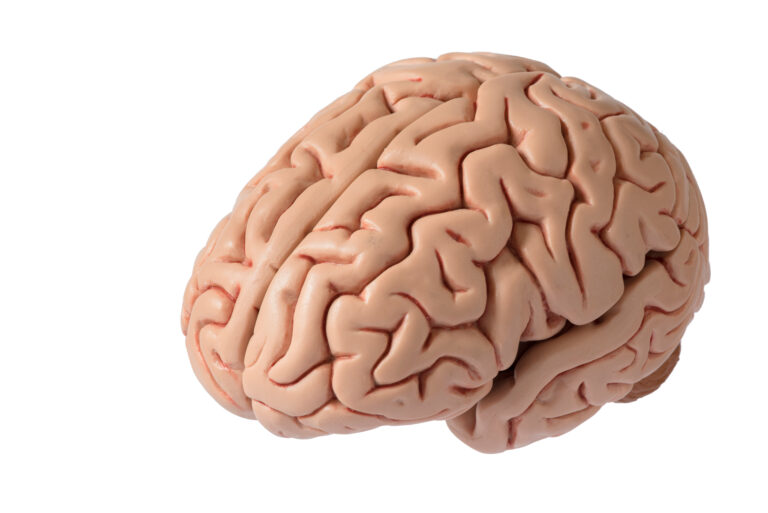For decades, scientists have been trying to unravel the mystery behind neurodegenerative diseases such as Alzheimer’s and Parkinson’s. One of the key players in these diseases is a protein called tau, which forms tangles in the brain, leading to the death of brain cells. For years, it was believed that tau proteins spread from one cell to another, causing the disease to progress. However, a recent breakthrough has shed new light on how these proteins spread in the brain, providing valuable insights for the development of potential treatments.
To understand this breakthrough, we first need to delve into the role of tau proteins in neurodegenerative diseases. Tau is a naturally occurring protein in the brain that helps in stabilizing microtubules, which are essential for the transport of nutrients and other important substances within the nerve cells. In healthy brains, tau proteins are regulated and kept in check. However, in neurodegenerative diseases, these proteins become abnormal and form clumps, disrupting the functioning of nerve cells.
For years, it was believed that tau proteins spread from one cell to another, similar to how a virus spreads in the body. This theory was supported by studies that showed the presence of tau proteins in neighboring cells of diseased brain tissue. However, recent research has challenged this hypothesis and provided evidence for an alternate mechanism of spread.
A team of researchers led by Dr. Marc Diamond at UT Southwestern Medical Center used a combination of animal models and human brain tissue samples to study the spread of tau proteins in the brain. They discovered that tau proteins do not transfer from one cell to another, but rather move from one region of the brain to another through the connection between nerve cells called synapses.
Synapses are crucial for communication between nerve cells and are known to be disrupted in neurodegenerative diseases. The team found that tau proteins use these synapses as a highway to travel from one brain region to another, similar to how traffic moves on highways. This finding not only challenges the previously held belief of cell-to-cell transmission but also provides a new understanding of how tau proteins spread in the brain.
The team also identified a specific form of tau proteins, called “prion-like” tau, which is responsible for this spread through synapses. Prion-like proteins have the ability to transform normal proteins into abnormal ones, leading to the formation of clumps. This discovery has significant implications for the development of treatments targeting the spread of tau proteins in the brain.
In addition to providing a new perspective on the mechanism of spread, this breakthrough also opens up opportunities for early detection and intervention of neurodegenerative diseases. By studying the spread of tau proteins through synapses, researchers can now develop more accurate diagnostic tools and devise strategies to prevent or slow down the progression of these diseases.
Moreover, this breakthrough also has implications for other neurodegenerative diseases besides Alzheimer’s and Parkinson’s. Similar mechanisms may be at play in diseases such as amyotrophic lateral sclerosis (ALS) and frontotemporal dementia (FTD), which are also characterized by the abnormal accumulation of proteins in the brain.
While this breakthrough has provided valuable insights, there is still a long way to go in fully understanding the complex mechanisms involved in neurodegenerative diseases. However, this discovery has opened up new avenues for research and brings us one step closer to finding effective treatments for these devastating diseases.
In conclusion, the recent breakthrough in understanding how tau proteins spread in the brain has challenged previous theories and provided a new perspective on the mechanism of progression in neurodegenerative diseases. By shedding light on the role of synapses and prion-like proteins, this discovery has paved the way for potential treatments and early detection methods. This breakthrough not only brings hope to millions of people suffering from these diseases but also highlights the importance of continued research in unraveling the mysteries of the brain.





